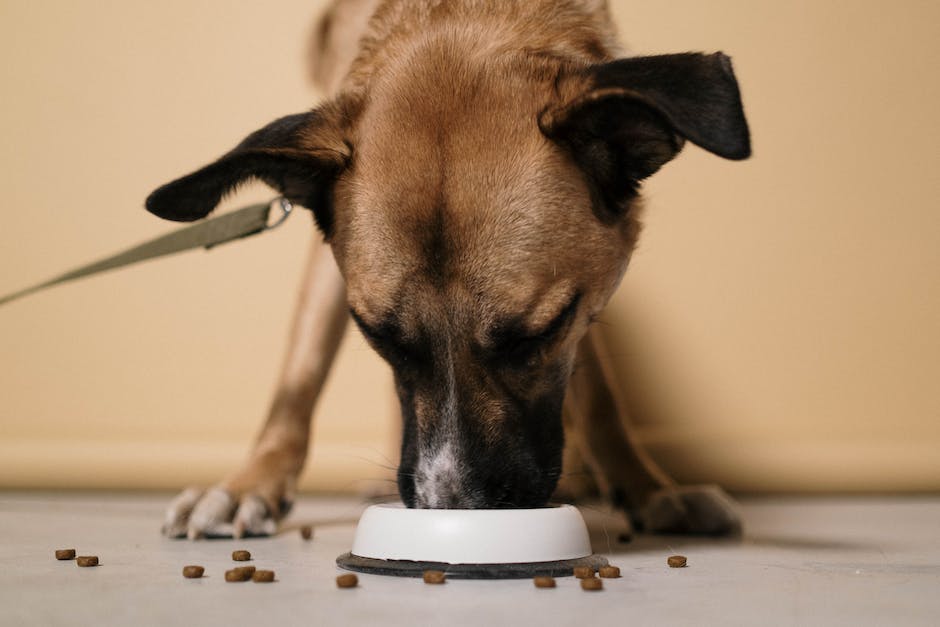As a pet parent, finding nutritious and healthy snacks for your four-legged companion is always a priority. Interestingly, many of the foods that are good for human beings can also benefit our pets. Take, for instance, the humble apple. This versatile fruit, which is packed full of vitamins and fiber, can provide an excellent dietary addition for dogs. However, like any other food items, it is vital to understand the potential health benefits and risks of feeding apples to dogs. Moreover, knowing how to properly prepare and determine the appropriate times to serve this crunchy treat can significantly contribute to the overall health and happiness of your furry friend.
Health Benefits and Risks of Apples for Dogs
Apples are a healthy treat that many of us enjoy, but they also play a significant role in the health of our furry friends. Yes, you’ve got it right, apples are beneficial for dogs as well. Packed with essential nutrients like vitamins A and C, along with fiber, they aid in a dog’s digestion while boosting their immune system. Moreover, eating apples can help to keep your pet’s teeth clean and breath a bit fresher, adding a natural sheen to their canine grin.
However, like all good things, moderation is key. While apples are good for dogs, they carry potential risks if not served in the right way. The seeds, stem, and core of an apple are not pet-friendly. They contain small amounts of cyanide, which can be harmful to dogs if they ingest enough over time. Also, too many apples can lead to an upset stomach or diarrhea, just like people, dogs can figure out when they’ve had enough of a good thing. So, while serving up a segment of this juicy fruit may win you the Dog Owner of the Year award, always remember to keep it seed-free and moderate.

Feeding Apples to Dogs: The Safe Way
Having laid the foundation on the importance and risks of feeding apples to our beloved furry pals, let’s now focus our attention on the appropriate methods to safely feed them apples. While apples serve as a delightful treat and a nutritious addition to their diet, it’s crucial to introduce them in a thoughtful and measured manner to ensure their well-being.
Since biting into a whole apple might be challenging for dogs and may pose a choking hazard, it is strongly advised to cut the apple into bite-sized pieces. Ensuring each piece is adequately sized based on the dog’s size assists in avoiding any unforeseen incidents. Besides, smaller pieces are more manageable for your dog to chew and digest, which makes it an enjoyable little treat.
More importantly, despite the juiciness and crunchiness from the apple skin being a delectable part of the experience, some dogs might have difficulty digesting it. In this case, peeling the apple would be helpful. Also, remember that dogs love variety, so don’t stick to feeding just apples. Complement apples with other dog-safe fruits and vegetables regularly, as a diverse diet tends to be healthier.
Hence, to safely and successfully incorporate apples into your dog’s treat repertoire, chopping them into bite-sized pieces and considering whether to peel the skin based on your pet’s digestive system is paramount. Moreover, injecting variety in your dog’s delicacies, while keeping apples part of the menu, will make feeding time something your dog looks forward to without risking their health.

Appropriate Times to Give Dogs an Apple Treat
Perfecting the timing can be an equally important part of introducing apples into your dog’s diet. It’s generally best to give apples to your dog as a snack or a treat, rather than as part of their main meal. Why, you may ask? Mainly because it ensures that they’re not becoming over-reliant on apples for nutritional value and that their diet stays varied and balanced. These juicy fruits can be the perfect reward after a vigorous play session or a learning moment during obedience training. They not only serve as a tasty treat for your canine friend but also help in reinforcing positive behavior.
While apples are a healthy addition to your dog’s diet, it’s best not to allow them to replace the core nutritional dog foods that your pet requires for proper growth and metabolic functioning. Apples are a supplement to their diet and not a central dietary element. Also, remember that while all dogs have their unique personalities, the same applies to their dietary needs and preferences. What works for one might not work for another. Tune in to your dog’s responses and rely on professional advice when needed to create a diet that is healthy and enjoyable for them.
The act of bonding over food is not just restricted to humans; it is equally valid for our furry companions. As you incorporate apples into your dog’s treats, it’s not just about health, but also about adding a dash of flavor and break from the routine for them. Even in our world, wouldn’t it be bland to constantly eat the same food day in and day out? So, while ensuring the health of your dogs with nature’s candy – “apples”, let’s also strive to make each mealtime an enjoyable and ‘paw-fect’ moment for them. Variety is the spice of life, after all! And, hey, who knows? The crunch of an apple might just become your dog’s new favorite sound!

There’s no denying the numerous health benefits that apples can offer to dogs. Serving this nutritious fruit in a safe and controlled manner can contribute to boosting your pet’s dental health, providing essential nutrients, and potentially enhancing their training experience. However, bear in mind that the safety and wellness of our canine pals always come first. Responsible feeding includes understanding the potential risks, appropriate preparation methods, and optimal serving times. With a good understanding of these aspects, an apple a day may just keep the vet away. Remember, moderation is always key and each dog is unique, thus their reaction to apples may vary. Therefore, always observe your dog’s reactions after introducing any new food into their diet.
